When Nature Calls
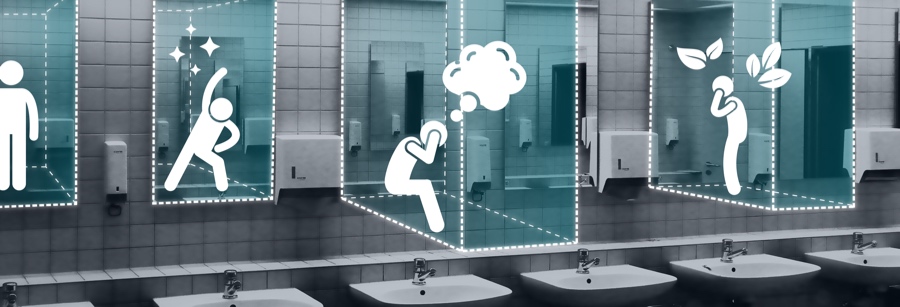
Every worker deserves a room of one’s own… at least for a moment
There’s no place like home, especially when you've got to go! Now that many of us are back in the office, we're spending large amounts of time away from the comfort and privacy of our own commode.
Far too often, office toilets are butt-of-a-dad-joke terrible. (See what we did there?) But they shouldn’t be. In On Our Minds, we discuss how and why to transform the restroom from a duck-and-cover operation to a place you can truly take a load off. (We’ll stop with potty-humor now. You’re welcome.)
On our minds
Returning to the office has some stressful elements. Among them: the commute, the sticker shock of lunch, and the discomfort of having to use the office restrooms again.
November 19 was World Toilet Awareness Day, founded by the United Nations to advocate for the 3.6 billion people living without proper sanitation.
Most of us are privileged enough to have access to toilets that meet basic sanitation standards, but often they don’t meet our psychosocial needs. While we’re acutely aware of these undesirable toilet experiences, we mostly don’t talk about them. And, as we all know, when we don’t talk about things, there’s no accountability or impetus for change.
Office toilets stink, they're both smelly and missing out on a wide variety of more sustainable technologies. For example, incinerator toilets have been common in Scandinavia for two decades. They’re waterless and nearly odor-free, reducing waste into roughly a spoonful of sterile ash that is vented in the air. Waterless urinals may also be more hygienic than standard urinals. Given the amount of time we humans have had to perfect toilet design, there's still a long way to go.
Restrooms are multisensory experiences, often in highly unpleasant ways that set off flashing warning lights in our brain. Years ago, for Last year, a Planet Money reporter wrote glowingly about his public restroom experience in Japan: integrated bidets, tush-dryers, heated seats, white noise, deodorizers, custom music players—amenities that aren’t even available in many luxury hotels.
Despite being the office standard, partial partitions that reveal shins and barely cover heads have always been wildly inadequate at accommodating our basic sense of vanity and security. This lack of privacy leads to anxiety and elaborate avoidant behaviors, such as “stall lurking,” going on another floor, or crossing the street to the coffee shop. It should not be this difficult to meet a universal need while avoiding an awkward coworker encounter.
We’ve all flushed multiple times, hit the hand dryer before stepping into a stall, or dropped a wad of paper in the bowl. There are entire magazine articles chronicling how to muffle sounds in public restrooms. But full-length stalls with en-suite noise machines would completely handle this issue...especially if restroom designers would choose materials that absorb sound, rather than bouncing it around like a basketball. (Hellooo tiles and metal!)
We’re all germaphobes now, so we’re scrutinizing the (often many) hygienic missteps of our public restrooms more closely. Years ago, for Work Design Magazine, we wrote: “When people are disgusted by restroom odors, they are better at noting impurities on surfaces.” Making everything as hands-free as possible should be common practice by this point. Lids on toilets help keep everything in the bowl, rather in the (ick!) air, that we breathe, and some urinals are designed to avoid backsplash (double-ick). Honestly, maybe public restrooms should just place “targets” on urinals, to help users avoid unfortunate consequences.
Rather than expecting employees to fully transition back from cozy home restrooms, why not make the office restroom feel more like home? The key is in a “resimercial" approach, things like scented spray and candles, essential oil diffusers, fun wallpaper (something to read), plants, quirky fixtures, and relaxing lighting. Even small steps, such as cloth towels, exotic-smelling soap and hand lotion, can go a long way towards helping employees feel special.
There is another aspect of restrooms that we don't speak about enough: access. Whether its the private toilets for executives, the washroom decision making, or the absence of gender-neutral facilities, a great deal of corporate culture shines through in restroom design. Offices should offer options. Perhaps there are separate spaces with stalls, one of which includes urinals, while the hand washing area is a communal space. This allows people to self-determine, while creating an opportunity for impromptu conversations among everyone.
You know what makes people feel the opposite of valued? Feeling unwelcome or unsafe in their office restroom because of their identity or appearance. Signs should depict the amenities offered—toilet, sink, urinal, changing station, handrail, etc. They should tell people what amenities the space offers, not who they must be to use that space. In another decade, we expect that gender symbols on a restroom door will feel as collectively jarring and wrong as race labels on water fountains.
Regardless of gender, employees need wellness rooms where we can relax, focus, and replenish. We need toilets that feel sanitary, private, and safe. Every office needs a space with a private sink, full-length mirror, a fridge and comfortable seating, in case the employee who bikes to work needs a quick sponge-bath, the employee with a big presentation needs to check their outfit, or someone needs more privacy for any reason. These spaces can be part and parcel or spaced apart, but if you want employees to actually return to the office, they all need to be provided. These spaces can be part and parcel or spaced apart, but if you want employees to actually return to the office, they both need to be provided.
The moral of this story is that restrooms should be restful. Have you ever been in the ladies' room of a fancy department store? They’re sometimes preceded by lounge areas, with vanities and “fainting” couches. These spaces were once provided because women were deemed too fragile to be able to withstand the public without a retreat. Such lounges are actually where we get the term “rest room.” In reality we all need a place of retreat.
From the archives
This time last year, we talked about toilets in Work Design Magazine, because it’s kind of our November thing. We also wrote about using research to make our work environments more comfortable and serviceable overall, which kind of builds on the whole “terrific toilets” theme.
We said we were done with the potty-humor, but would your day really be complete without this Toilet Playlist?
And... get ready to join us next month for our annual holiday gift guide, you can count on us to include such future workplace essentials as this pop-up-privacy tent.
In Case You Missed It
No need for FOMO, if you took our suggestion last month about making a SLOW-MO return to professional and personal happenings. We’ve got you covered.
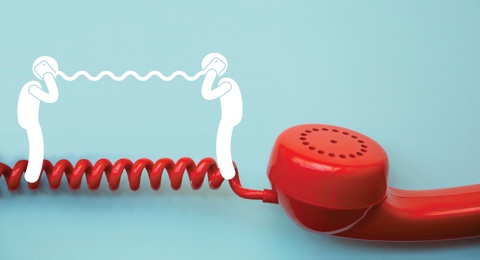
Bridging Communication for Online Teams
In Bramble’s Future Series, PLASTARC discusses the importance of understanding how employees like to communicate, the evolution of workplace culture, and the benefits of celebrating failure.
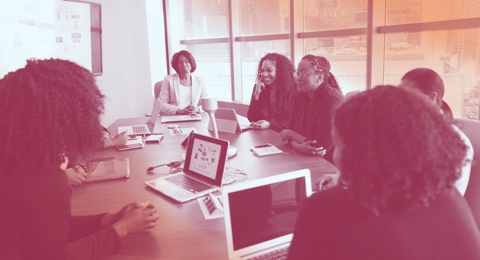
A Haven for Women in STEM
Female and nonbinary students have long had a unique retreat at MIT, thanks to Margaret Swan Cheney, who studied at the institute in the 1870s, and sought to create a space where all felt comfortable.
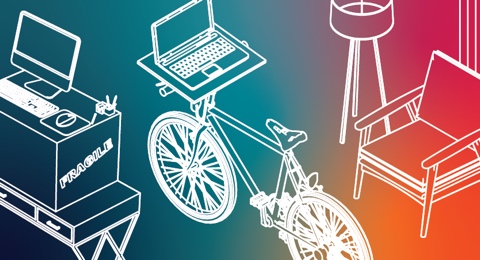
PLASTARC R2O Webinars
In the first in our 2022 future workplace webinar series, we explored smart-tech and communication apps to make our home offices more effective workspaces.
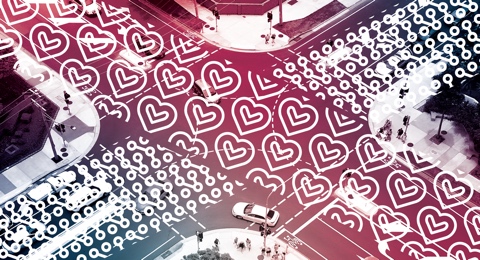
Meet at the Intersection of Tech and Wellbeing
These days, we’re using office buildings more like software and less like traditional physical workspaces. What does that mean for facility design?
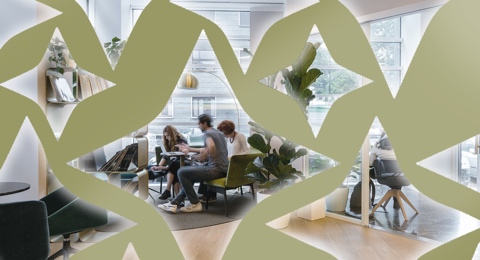
What’s New at the Office, and how have our Workplace Interactions Changed?
Media outlet The Hill gathered lawmakers, economists, and workplace gurus—including PLASTARC—to talk about how post-pandemic offices will look and function.
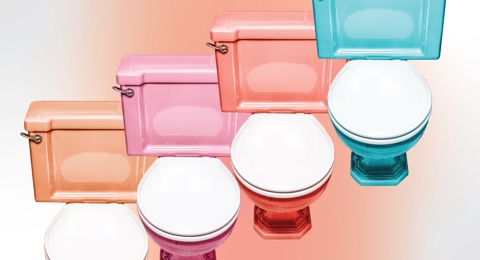
Global Potty Policy
Curious about how the World Health Organization plans to tackle water and sanitation over the next few years? This report flushes it out.
Looking Ahead
Looking to get back into the conversation from the privacy of your own home? Try these virtual events. Or check out one of WORKTECH’s upcoming IRL programs.




